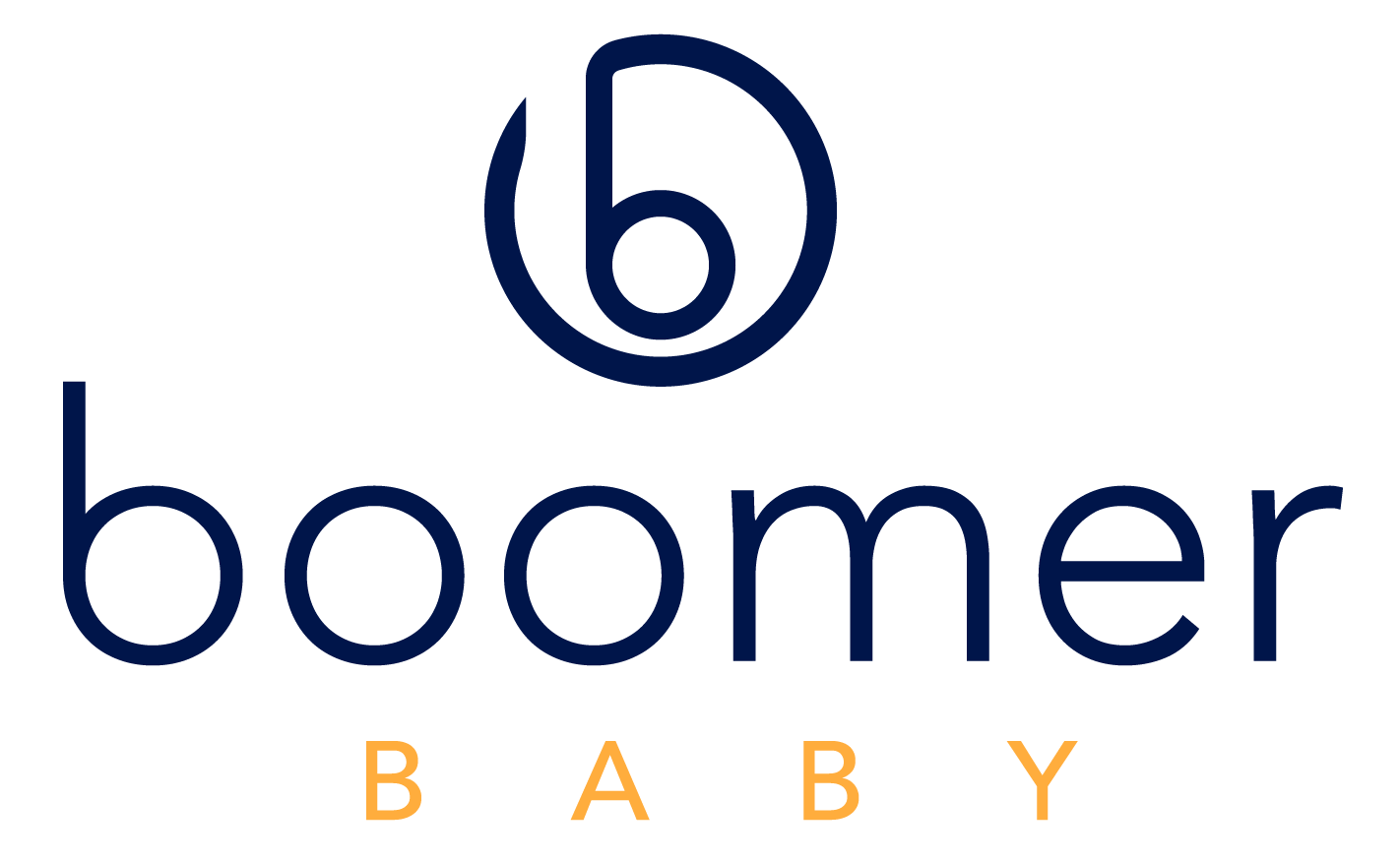Many Medicare eligible individuals choose to add a Medicare insurance plan to help with medical and prescription costs not covered by Original Medicare Part A and Part B.

There are two main types of Medicare insurance plans and both types are offered by private insurance companies approved by Medicare.
Medicare Advantage Plans (also known as “Part C”)
Medicare Advantage Plans are “bundled” plans, that include hospital (Part A), medical (Part B) and usually prescription drug coverage (Part D) in one plan.
- In most cases, you’ll need to use health care providers who participate in the plan’s network for non-emergency care.
- Many of these plans do require a referral from a primary care physician to see a specialist
- Generally speaking, Medicare Advantage plans may have lower monthly premiums but higher out-of-pocket costs than Medicare Supplement plans.
Medicare Supplement Plans (also known as “Medi-gap”)
Medicare Supplement Plans (also known as Medigap insurance) help fill the “gaps” in Original Medicare Part A & B by helping pay some of your remaining health care costs like copayments, coinsurance and deductibles.
- With a Medicare Supplement plan, you can go to any doctor or hospital across the nation that takes Medicare and do not need a referral.
- Medigap policies no longer include prescription drug coverage. But you can join a stand-alone Medicare Part D prescription plan to help cover the costs of your medications.
- Generally speaking, Medicare Supplement plans may have higher monthly premiums but lower out-of-pocket costs than Medicare Advantage plans.
